By John D. Gresham
Movies and novels about spies and espionage usually portray brave and sexy secret agents going deep behind enemy lines to grab some invaluable and potentially destabilizing piece of information. The reality of intelligence-gathering, though, is usually quite different. More often than not, the most important information comes from analysis of raw data collected by agents and operatives who have no idea what they are gathering. This is then collected into intelligence assessments, which give national-level political leaders and military commanders the ability to make informed and thoughtful decisions. Such decisions affect a nation’s policy on military procurement and overseas deployments, as well as relations with potentially hostile foreign powers.
Today, the Central Intelligence Agency (CIA) controls a vast array of satellites, aircraft, ground stations, and covert operatives to gather a mind-numbing stream of data. They then turn it into reports, presentations, briefings, and assessments, delivering them with an efficiency that would impress Federal Express.
Early Days of the Cold War
This was hardly the case in the early days of the Cold War, however. During the first decade of the East-West conflict, the CIA was a new organization, without many of the tools, personnel, and processes that would make it so effective later. This is the story of one of those assessments, and how two CIA operations called Soft Touch and Touchdown provided the data to make it accurate. It is also the story of how a fur hat and a handful of doctored magazine photos helped the United States and its Allies know the true potential of the USSR to make war.
When the first Soviet atomic bomb was detonated in the fall of 1949, there was little or no notice provided to Western leaders by their intelligence sources. While part of the surprise clearly can be blamed on the paranoid secrecy of the Soviet Union under Stalin, much of the responsibility lay with those assigned to watch the USSR. Over the next few years, the CIA, U.S. military, and foreign intelligence services worked hard to develop solid estimates of the nuclear combat potential of the Soviet military. However, the very geography and nature of Soviet society conspired to hide that information from Western observers. The huge landmass of the USSR made it easy to move large, industrial complexes deep inland, in almost any number that might be required. Just obtaining a basic location inventory of the various factories and design bureaus behind the strategic nuclear weapons establishment took years.
By the early 1950s the need to accurately assess the ability of the USSR to produce nuclear weapons and their delivery systems had reached a point where American presidents were willing to order extreme measures to learn the truth. In short, Presidents Truman and Eisenhower ordered U.S. aircraft to violate the borders and airspace of the Soviet Union and risk war to obtain the information needed. For the first half of the 1950s, though, the tools for this dangerous work were decidedly second-rate.
Most of the early overflights were accomplished with modified bombers, making short dashes into Soviet airspace to photograph or monitor specific targets or airfields. Deep penetrations into the heartland of the USSR were rare and usually run at night to obtain targeting information for bombers of the Strategic Air Command (SAC) and the Royal Air Force (RAF).
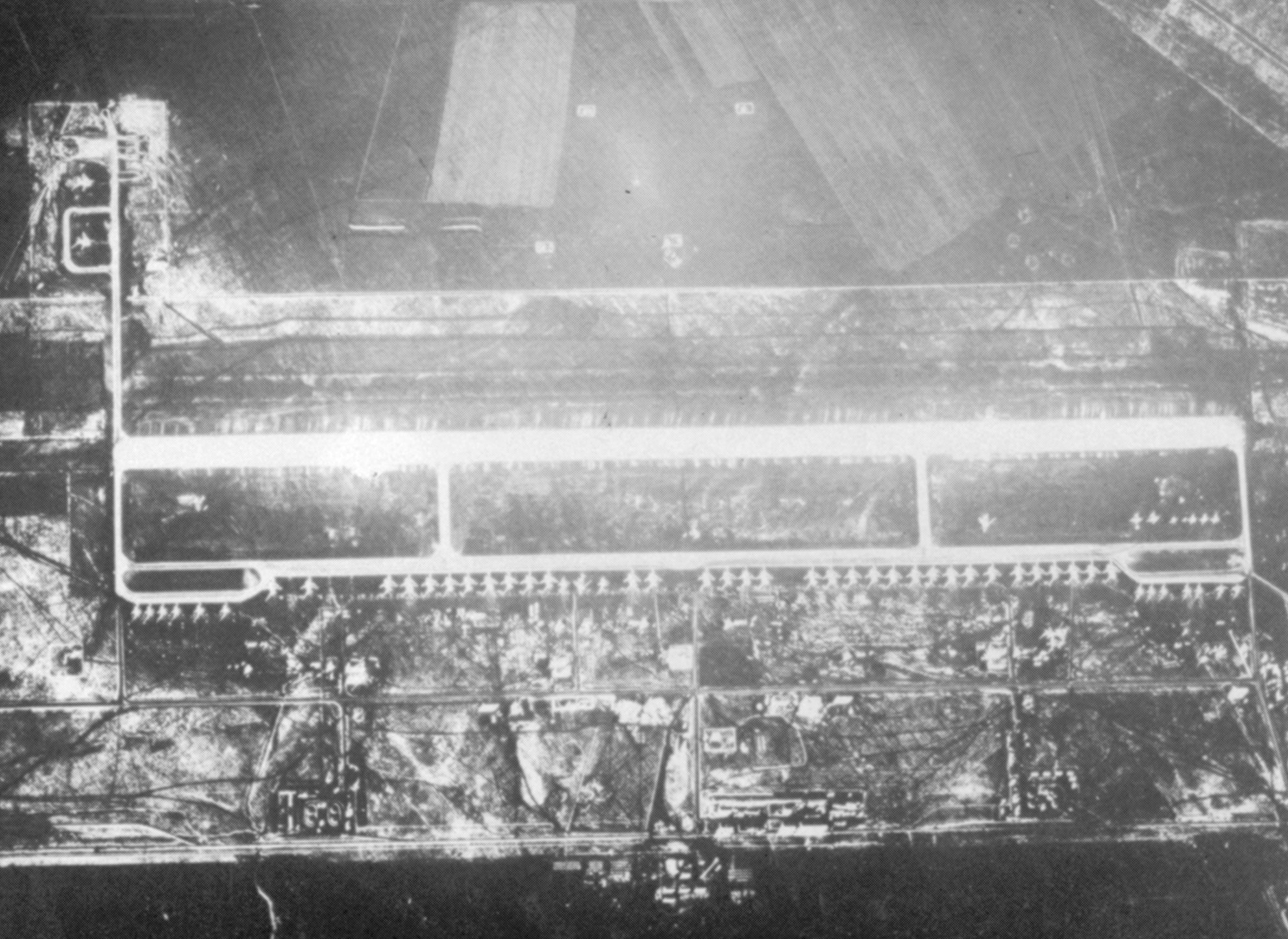
The U-2 Fills the Void
By the mid-1950s, though, an incredible new aircraft was about to change the odds of successful overflights and break through the Iron Curtain around the USSR. Built by the famous Lockheed “Skunk Works” in Burbank, Calif., and designed by the legendary Kelly Johnson, the U-2 revolutionized the art of reconnaissance and intelligence-gathering. Flying over 14 miles high and able to photograph objects just a few inches across, the U-2 was the ideal tool to help open up the secrets of the Soviet heartland.
The early overflights of the U-2 in 1956 were a revelation to American intelligence officials and national leaders. Concentrating on obtaining an inventory of the Soviet armed forces, the U-2 program delivered an amazing amount of data in just a handful of missions. In particular, the 1956 overflights dispelled the notion that there existed a “bomber gap” between the United States and USSR. However, this new knowledge came at a heavy price. The very existence of the program was a state secret, limiting the distribution of the photography and intelligence materials derived from it. Also, every overflight mission required a personal authorization by President Eisenhower, and inevitably drew a harsh protest from the Soviet government, which was able to track the U-2 flights. This meant that U-2 missions were few and far between, and only could be authorized for potentially high payoffs. Nevertheless, as 1957 began, analysts at the CIA began to contemplate what they wanted the U-2 to look for when the weather cleared in the spring. What they wanted was context.
CIA Taps the U-2 to Help Read the Future
The 1956 U-2 missions had given the CIA basic numbers, types, and locations of many of the USSR’s nuclear forces. Now the CIA wanted a look at the future, specifically how big the Soviet industrial base for nuclear fissile material (uranium and plutonium) was. Along with data from air-sampling missions, seismic sensors, and other intelligence, this would show how many nuclear weapons the USSR might potentially deploy in the years to come. It would allow projections on future missile and bomber production, and thus the level of future threat to the United States and its allies. The trick was to give the CIA detachments operating the U-2 the necessary coordinates to overfly the various nuclear facilities, most of which had never been seen by Western observers.
Leading the CIA targeting effort on the nuclear side was Henry S. Lowenhaupt, who was trying to puzzle together all the various sources into a coherent set of mission targets. Many means were used to try to pinpoint the location of these key facilities. One technique was to consult with American experts from similar industries, such as those who had built and designed the nuclear production plants at Oak Ridge, Tenn., and Hanford, Wash. This led Lowenhaupt to target areas of the USSR reported to have new hydroelectric dam projects with an excess of electrical production capacity and water. The targeting was fine-tuned by using pre-World War II German data, old travel maps, and amazingly, an old fur hat.
Nuclear facilities near Tomsk had proven particularly difficult to target, until a series of interviews with Soviet and German immigrants began to paint a picture of the area. All told stories of large facilities being built with a vast influx of personnel and their families to work there. The final proof came in the form of an old fur hat from one of the men, which the CIA found had been contaminated with slightly enriched uranium. Other information came from a year-old U.S. reconnaissance balloon discovered floating in the waters off Adak Island, Alaska. When the film from the balloon was processed, not only was it still good, but it also had some useful images of the nuclear plants at Krasnoyarsk.
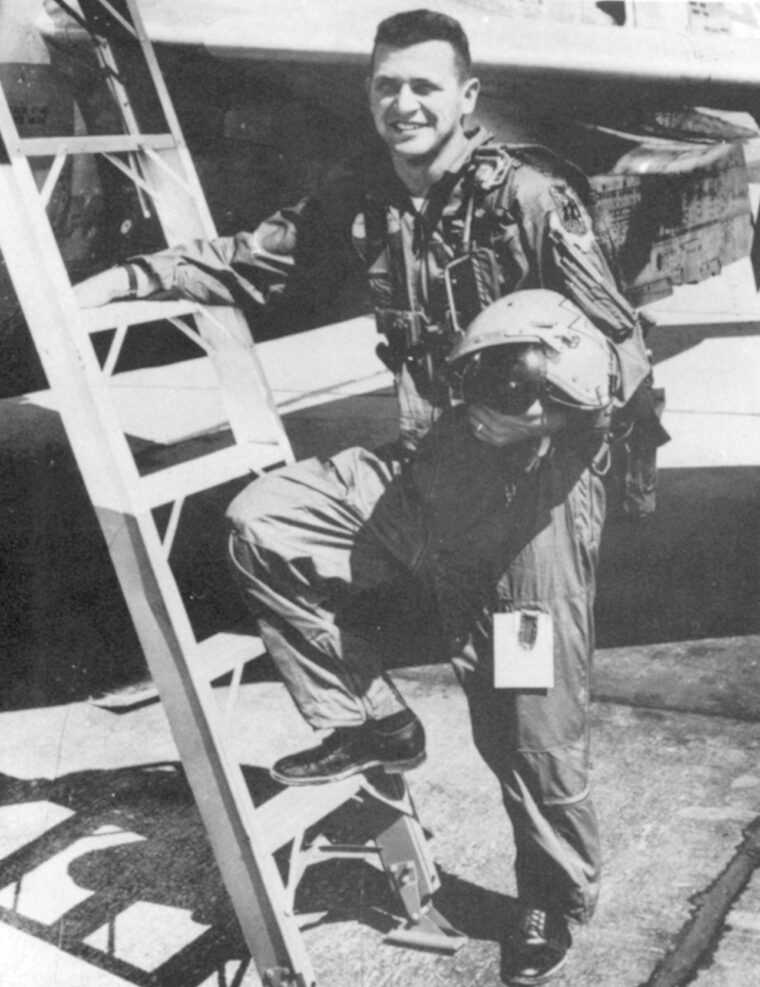
The Creation of Operation Soft Touch
By late May 1957, the CIA planned a series of U-2 missions to overfly and photograph the Soviet nuclear complexes at Tomsk, Novosibirsk, and Krasnoyarsk, uranium-mining operations in Siberia near the Chinese border, and the atomic weapons test site at Semipalatinsk. The mission series, known by the code name Operation Soft Touch, would also try to photograph various aircraft factories and a suspected ballistic missile test site somewhere in Kazakhstan. It was an ambitious series of flights, made more so by the risks of possible detection or loss of a U-2.
To help conceal the Soft Touch missions from the Soviets, the CIA used several new measures. One was fitting the U-2s with special radar-absorbing materials and wires hung from the airframe. It was hoped that these so-called “dirty birds” might evade Soviet tracking radars, and thus avoid the inevitable protests by the Soviet government. Another new measure was literally to come in from another direction. Most of the 1956 overflights had been flown from airfields in West Germany, right through the heart of the Soviet air defense system in Europe. Soft Touch would fly the majority of its missions from new bases in Incirlik, Turkey (Detachment “B”), and the Naval Air Station at Atsugi, Japan (Detachment “C”). Manned by a newly expanded force of U-2 pilots, Soft Touch would be the largest series of U-2 overflights in the program’s four years.
Despite the excellent job of detective work by Lowenhaupt and his fellow CIA analysts, there still was the problem of obtaining presidential approval for the effort. This meant that senior CIA officials, including Director Allan Dulles and Richard Bissell, went to the White House to brief Dwight Eisenhower on every detail of the plan. Although the Soviets had yet to deploy surface-to-air missiles (SAMs) capable of hitting the high-flying U-2, Eisenhower would occasionally make changes to the flight plans to avoid going too close to areas thought to be potentially dangerous. Finally, he signed each of the mission plans and sent the CIA leaders off to do their jobs.
Evan’s Hits the Jackpot
Operation Soft Touch kicked off on August 4, 1957 with a mission flown over China, Siberia, and Mongolia. The next day, though, Soft Touch hit the jackpot when Mission 4035, flown by Eugene “Buster” Evan, located the Soviet missile test site at Tyuratam by following the Moscow-Tashkent rail line. Several launch attempts of the first of the USSR’s intercontinental ballistic missiles (ICBMs) had given mission planners hints of where to look, and now Tyuratam would become a regular target for the Western intelligence services.
A camera failure caused the next mission on August 11 to abort, but on August 20 Soft Touch kicked into high gear in its search for the Soviet nuclear facilities. Two U-2 missions were launched simultaneously (a rare event in the overflight program), with Mission 4045 grabbing an impressive take of imagery for the CIA analysts. Flown by Sammy Snyder, the mission overflew the nuclear weapons test site at Semipalatinsk, then flew on to photograph a huge array of nuclear facilities around Tomsk. Although right at the limit of the U-2s range, Snyder managed to locate plants for production of both enriched uranium and plutonium. As a bonus, Mission 4045 located and photographed another uranium plant at a new city called Berezovsky.
As successful as the August 20 missions had been, the following day became the high-water mark of the entire U-2 program. Three missions were dispatched in a single day, fanning out across the USSR. Another covered China and Tibet, which was feeling the strain of a painful Chinese occupation. Mission 4050 literally became a flight of high adventure for pilot James Cherbonneaux. Entering the USSR over Lake Balkhash, he photographed the Soviet SAM and radar test facility at Sary Sagan, then again photographed the Semipalatinsk test site. As he overflew the area, he saw a Soviet bomber sitting on an airfield, and then observed what he knew to be a target site being prepared for an imminent nuclear test. Although it seemed to take an eternity, and fearing the possible effects of a nearby nuclear blast on his fragile U-2, Cherbonneaux continued the photo run to cover aircraft factories near Omsk and a variety of nuclear-related facilities before returning home. Four hours after he passed over Semipalatinsk, the Soviets detonated a half-megaton device known as Joe-36. A few weeks later, the Soviets detonated another device at a test rig photographed by Cherbonneaux. With the completion of the August 21 missions, Operation Soft Touch came to an end.
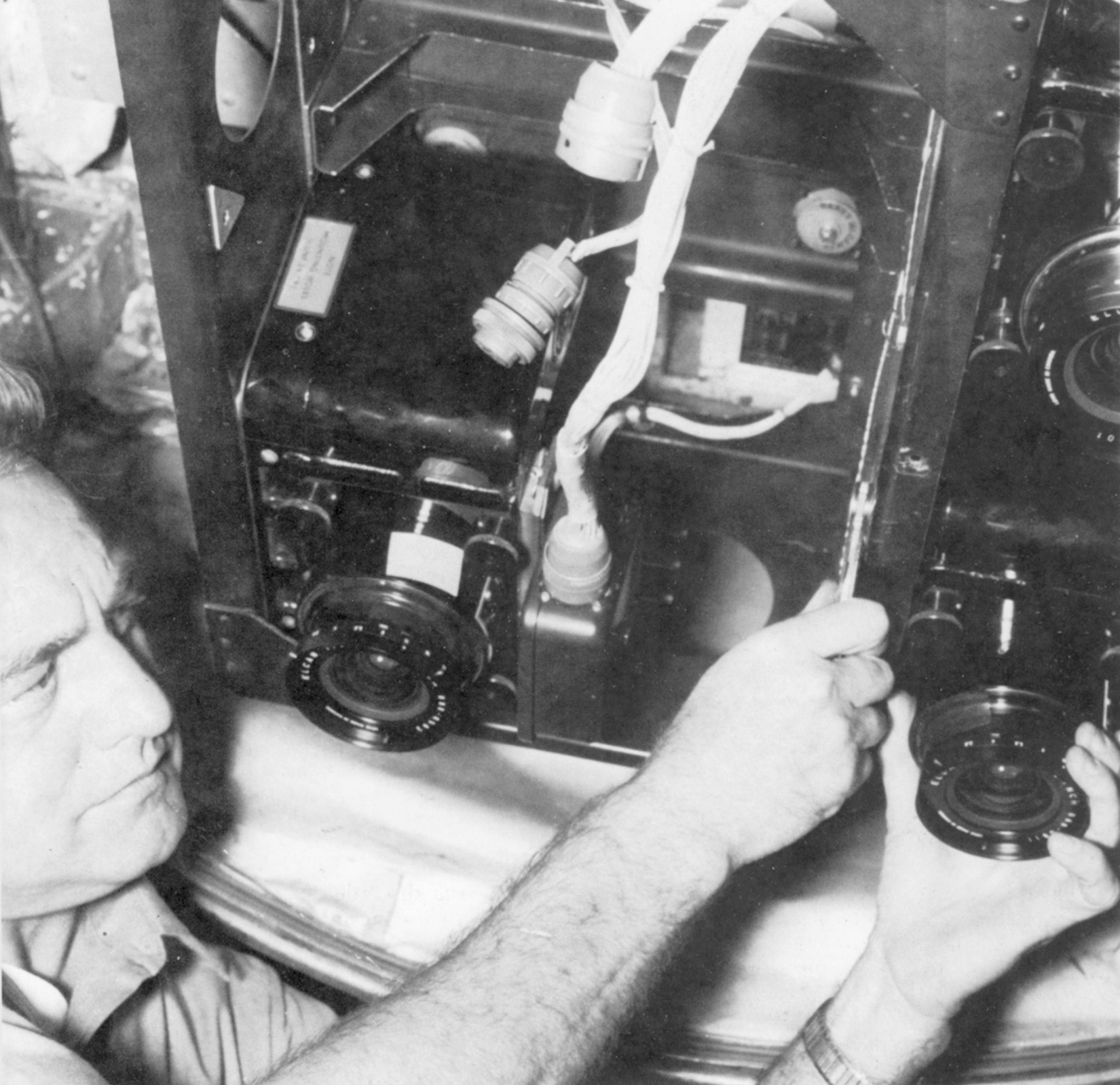
Soft Touch’s Success Leads to Operation Touchdown
It took months to fully analyze all of the data that had been derived from the Soft Touch flights. Despite the one abort and the fact that U-2 pilots had been forced to spend time finding targets on their own, the missions had been wildly successful, providing a window into the USSR’s strategic weapons infrastructure. Soft Touch had also garnered a vicious series of protests from the Soviet government, which had tracked every one of the flights despite the “dirty bird” modifications to the U-2s. In spite of the protests, though, another overflight (Mission 4058) conducted a follow-up mission over Tyuratam on August 28 to better understand the ICBM development and testing going on in the area. Several more overflights were conducted later in 1957, though the heyday of the U-2 was over. By 1958, the missions would become much more risky because the Soviets began deploying their SAMs.
Sixteen months would elapse before the next series of overflights, during which the world would change measurably. Public proclamations of ICBM production and superiority by Soviet leader Nikita Khrushchev made it imperative that the United States get another look at the missile test center at Tyuratam and the nuclear facilities in the Urals that had not previously been photographed. Originally, it had been hoped that another new intelligence system, the Project Corona reconnaissance satellite, would be able to take over from the U-2 in obtaining photography of the USSR and other denied areas. However, technical problems with Corona made additional U-2 missions necessary if the Western intelligence services were to keep abreast of the latest Soviet developments in strategic weaponry. Those missions would begin with Operation Touchdown.
The mission plan for Touchdown was developed by Henry Lowenhaupt’s CIA team, and once again used some unconventional sources to help find the targets to be photographed. The previous year, Charles Reeves, one of Lowenhaupt’s analysts, had found an intriguing photograph in the magazine Ogonek (the Soviet equivalent of Look), showing the main control room of the Urals power grid. In the background was a schematic of the grid showing what he thought might be power lines and substations to several nuclear materials plants in the region. Although heavily censored, the photo and others obtained through a variety of sources gave Reeves and other analysts the raw data to not only target several previously unknown facilities near Sverdlovsk, but also even to estimate their power consumption and production capacity. By April 1959 Lowenhaupt’s team was confident enough to recommend a U-2 mission to the region, the plan for which was presented to President Eisenhower in early summer. The plan was approved, and Detachment “B” was given the job of flying the mission.
Flown on July 9, 1959, Mission 4125 was piloted by Marty Knutson (one of the original group of U-2 pilots), assisted by a decoy mission along the Soviet border. Flying north to the Urals, Knutson successfully photographed most of the facilities near Sverdlovsk (one was obscured by cloud cover), as well as getting another excellent set of photos of Tyuratam. Mission 4125 would be the last American U-2 mission of 1959 (another was flown by an RAF pilot from Detachment “B”), and the beginning of the end for the overflight program. Deployments of Soviet V-75/SA-2 SAMs were becoming more extensive, with launch sites located around a number of the targets being photographed by the U-2s.
There would be only three more U-2 missions over the USSR (one of which was flown by the RAF), the last of which was the May 1, 1960, flight of Francis Gary Powers. Known as Operation Grand Slam, it was to transit the entire USSR from south to north, covering a range of targets. These included Tyuratam and the Urals nuclear facilities, along with a suspected ICBM launch site in the northern USSR near the town of Plesetsk. Unfortunately, Grand Slam came to a humiliating end when Powers’ U-2 was shot down by a SAM near Sverdlovsk. Powers bailed out, and was tried for espionage in August 1960 in Moscow. Overflights of the USSR were suspended indefinitely, though not reconnaissance of the Soviet homeland. On the same day Powers was convicted in Moscow, the Corona satellite delivered its first usable pictures, eliminating the need for the risky overflights by U-2s. More discreet and difficult to hit, satellites have become the standard means of monitoring weapons development around the world for over 40 years.
The U-2 Program was an Unqualified Success
So what did all these efforts actually accomplish for their risky operations and almost mystical analysis? Surprisingly, quite a bit. Despite the “eye in the sky” reputation of the U-2 during the Cold War, the spy plane was actually a very limited resource for collecting intelligence. Even the most advanced camera systems in the late 1950s (the U-2’s “B” system) could only generate high-resolution photographs in a swath about 21.5° below the U-2. This meant that the U-2s had to be carefully targeted and flown if any results were to be obtained. Thus, the success of the Soft Touch and Touchdown missions must be judged as an unqualified success, especially given the thin information provided to Lowenhaupt’s targeting team. Their postmission analysis of the targets photographed was a model of intelligence analysis, which provided a baseline of assumptions and procedures still being used today. The actual conclusions that were supplied to national leaders like Eisenhower and Kennedy were vital in their conduct of American foreign policy, especially concerning relations with the USSR. Often, the information was rather surprising.
The U-2 photography, along with monitoring of missile telemetry, showed that the Soviet ICBM program, while ahead in some areas, was actually behind the United States in deployment of ICBMs and other strategic weapons delivery systems. Also, thanks to analysis of air samples of fallout and other data, the Soviet production of nuclear weapons was estimated, though the analysis was somewhat more optimistic than actual weapons production. Even though Reeves’ premission estimate of power consumption in the Urals nuclear material plants had been within 10 percent of actual usage, the Soviet industrial base was much less efficient than the CIA estimated. So poor was the output of nuclear weapons assembly plants that many of the Soviet missiles and bombers either had to wait to receive their warheads and bombs, or use smaller weapons. All of this information enabled Eisenhower, Kennedy, and other national leaders to look with clarity upon the threat of Soviet nuclear forces, and determine America’s true defense needs during the strange days known as the Cold War.
John D. Gresham is a bestselling and award- winning author, historian, game designer, and television commentator. He was the co-author and researcher of Tom Clancy’s guided-tour series of nonfiction books, and is collaborating with Norman Polmar on DEFCON-2, a history of the Cuban Missile Crisis. Mr. Gresham also is an on-air television commentator for the History, Discovery, and Fox News Channels.
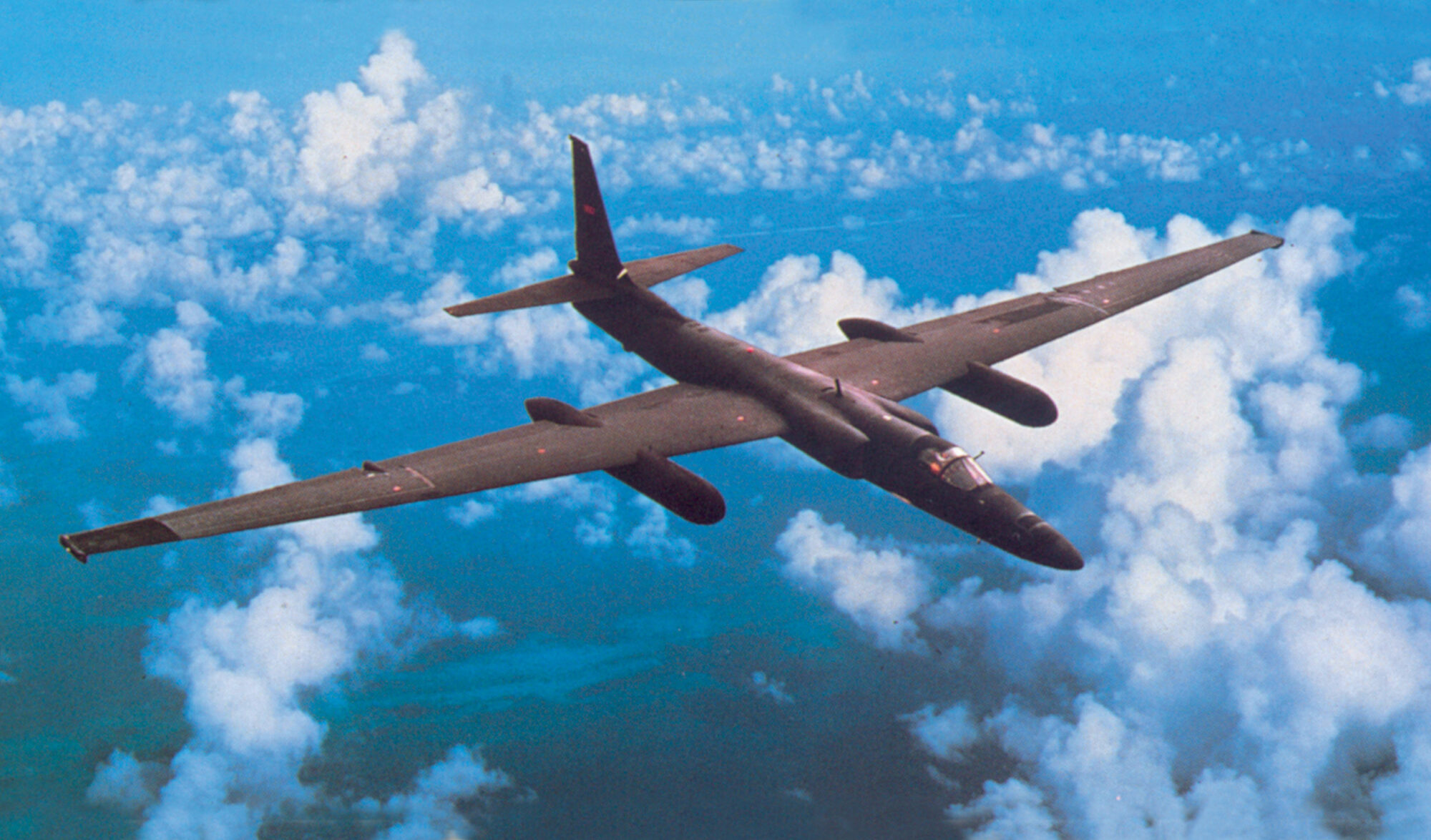
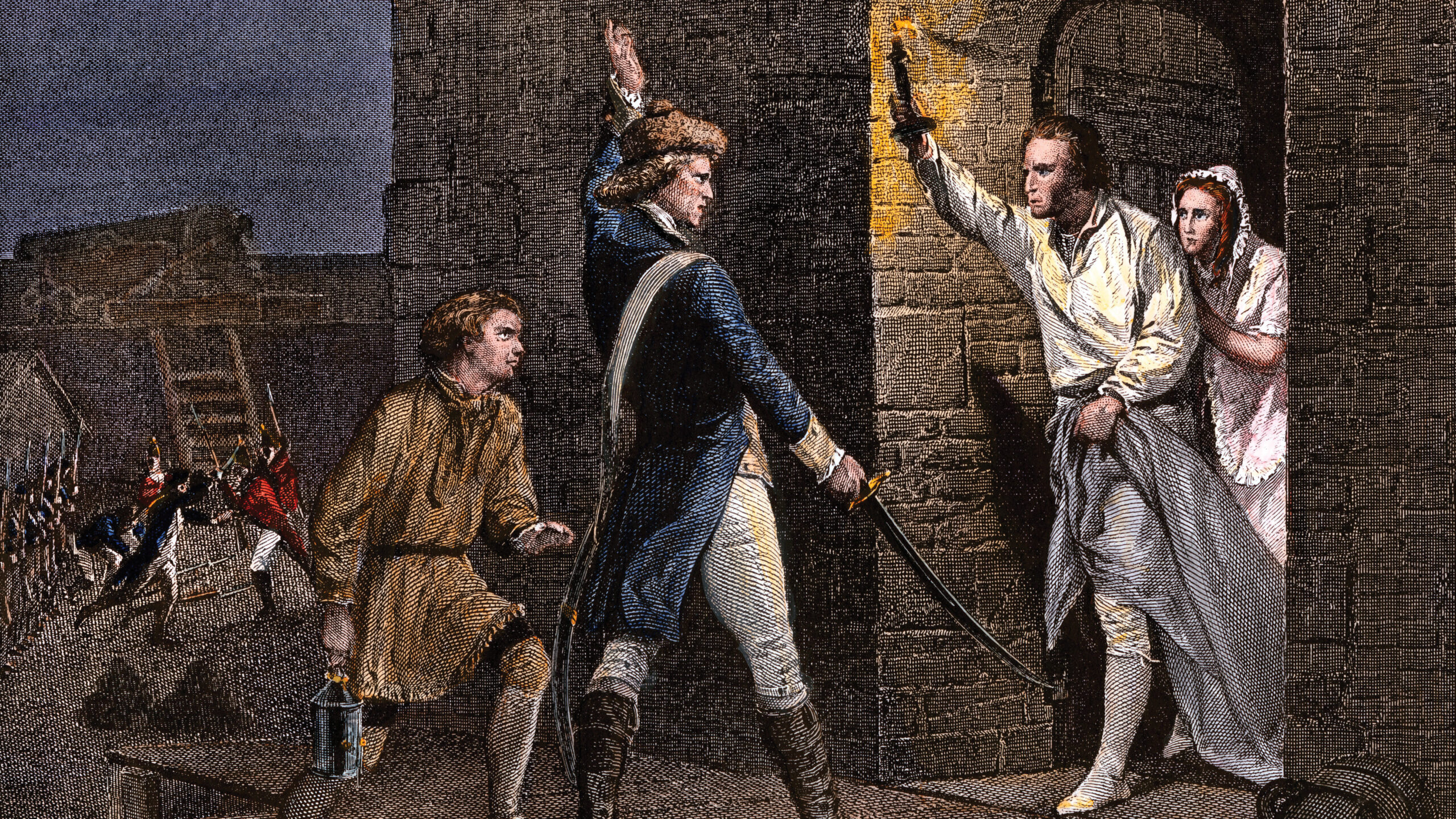
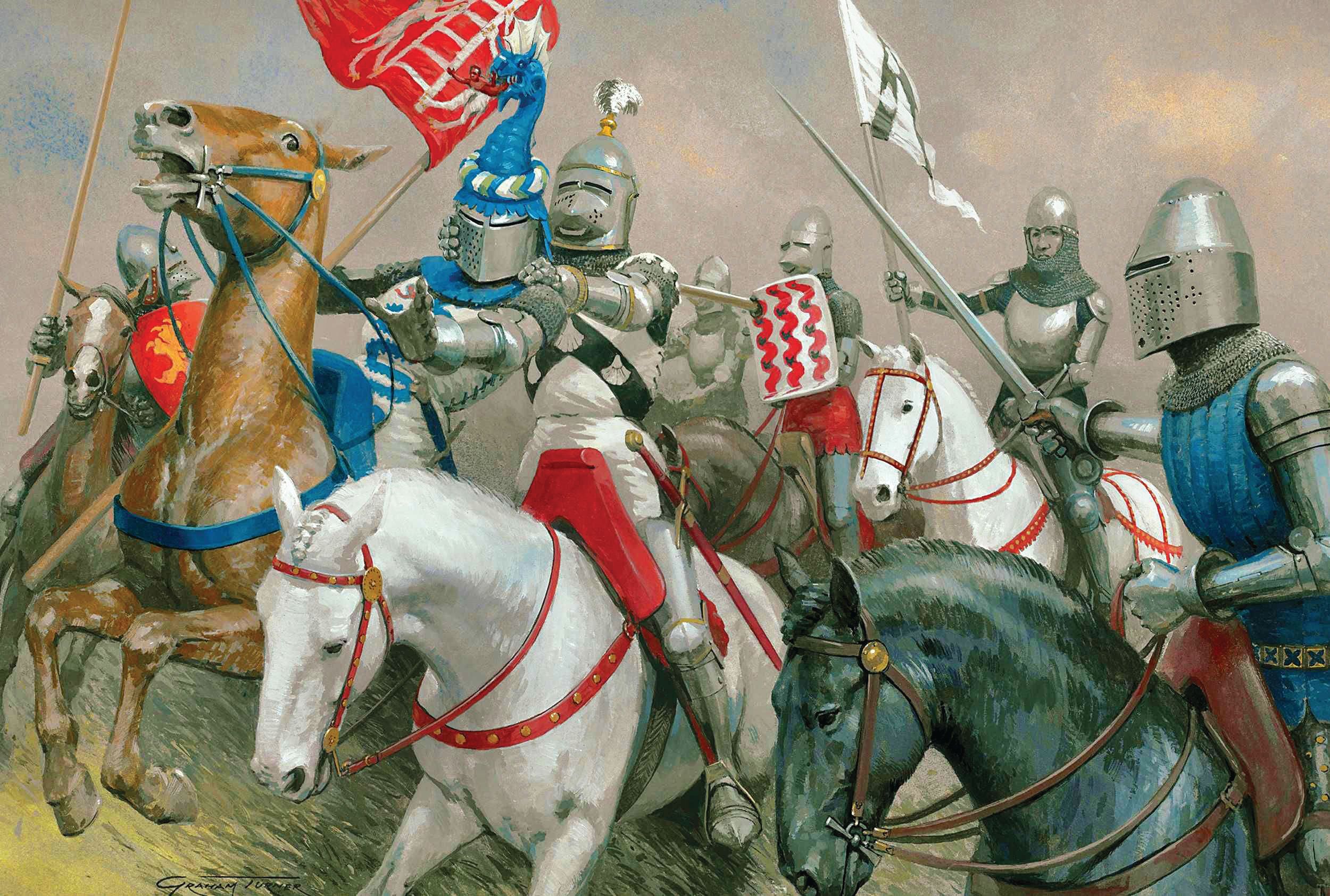
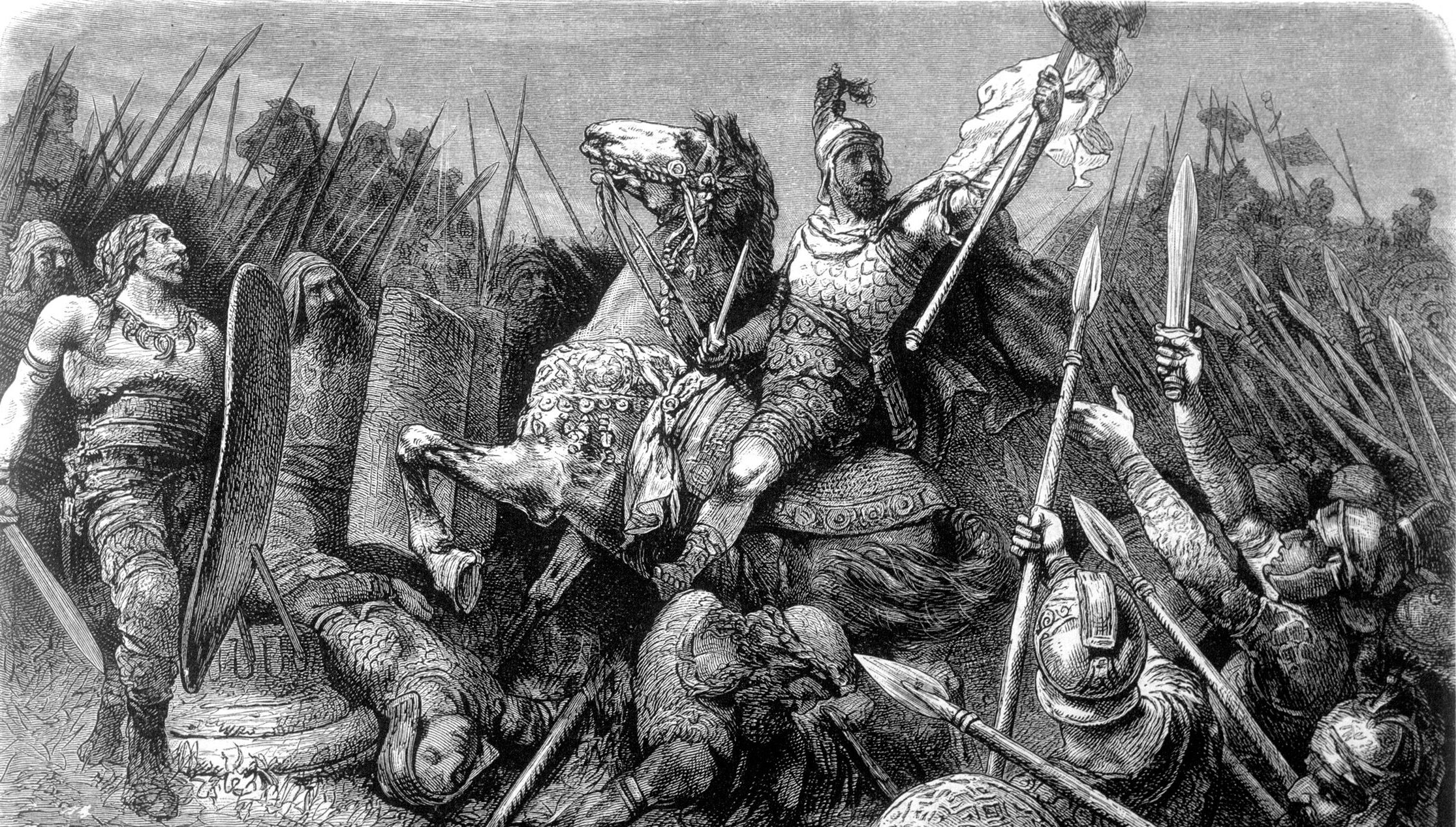
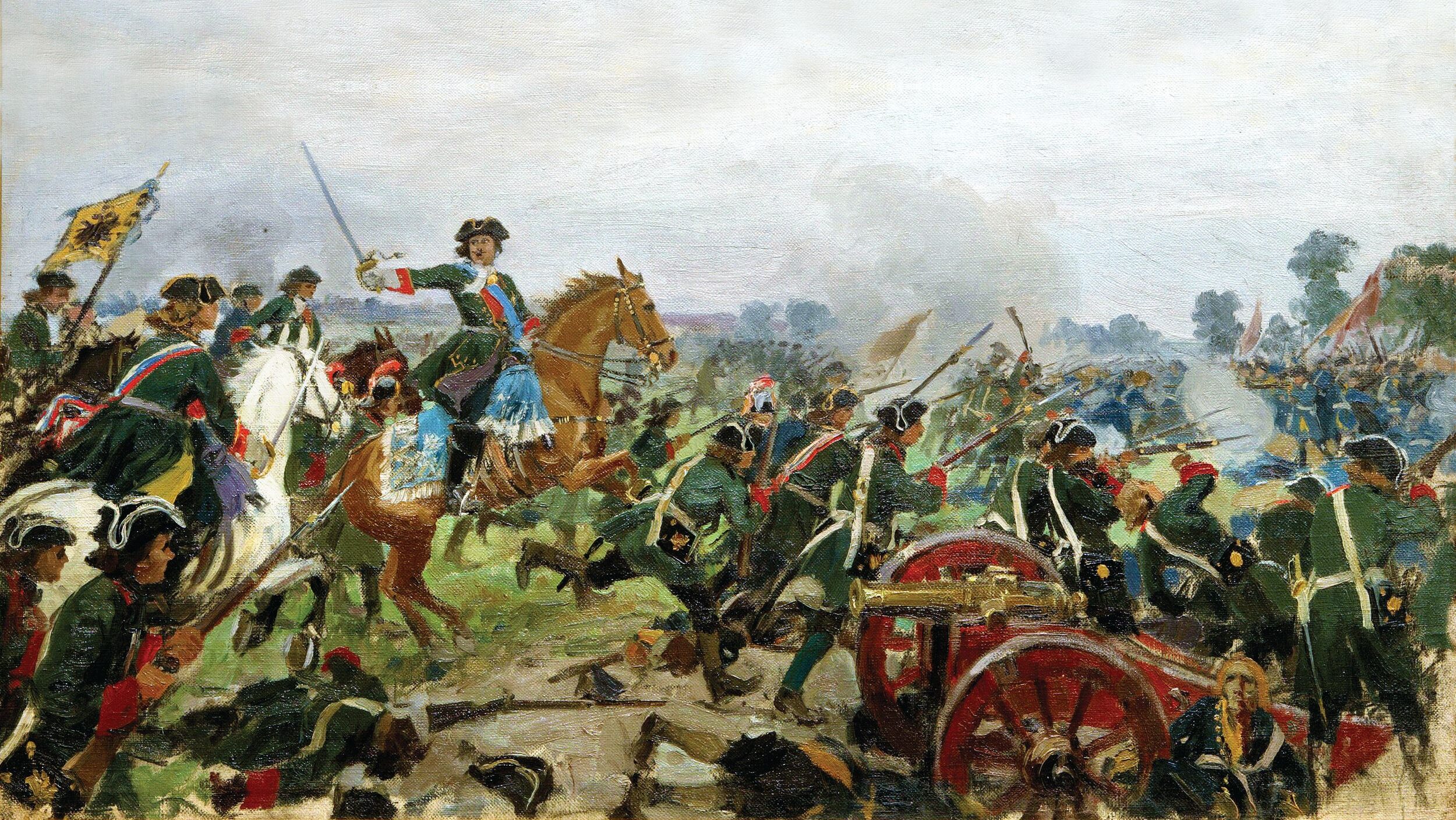
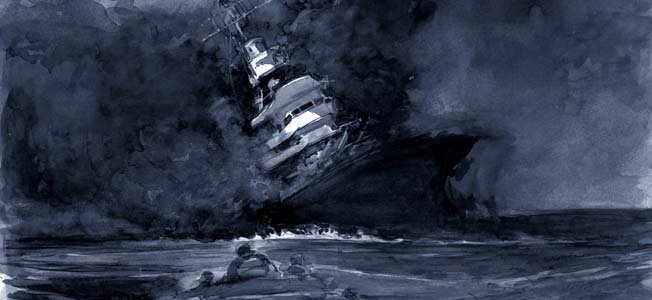
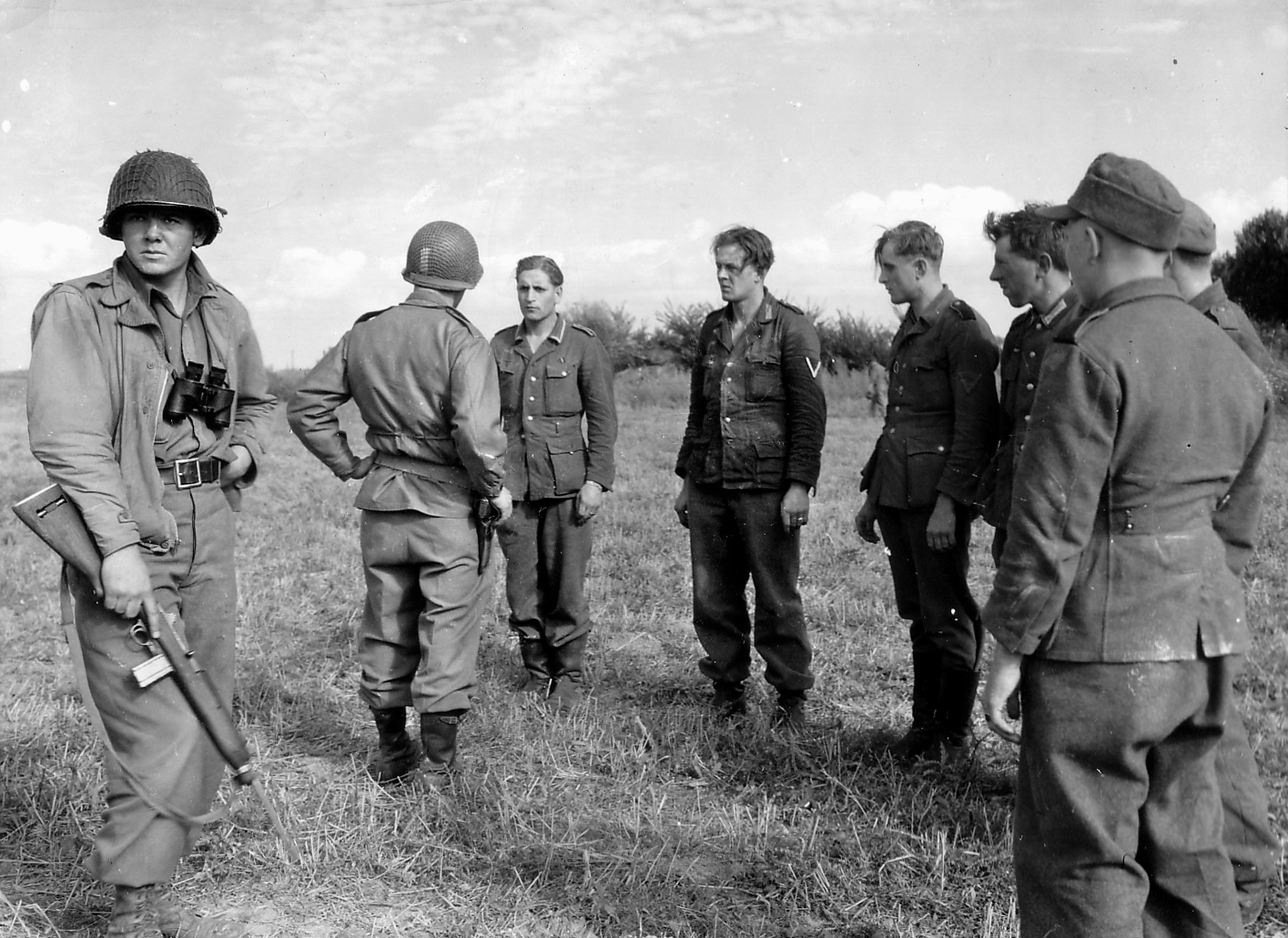
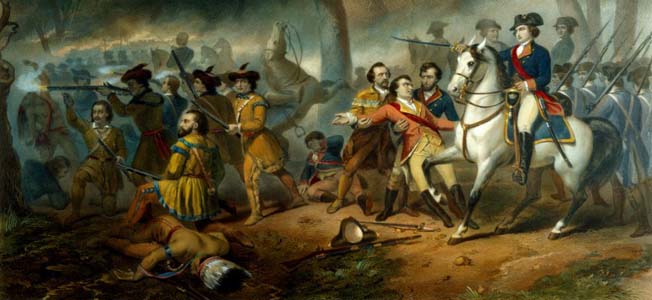
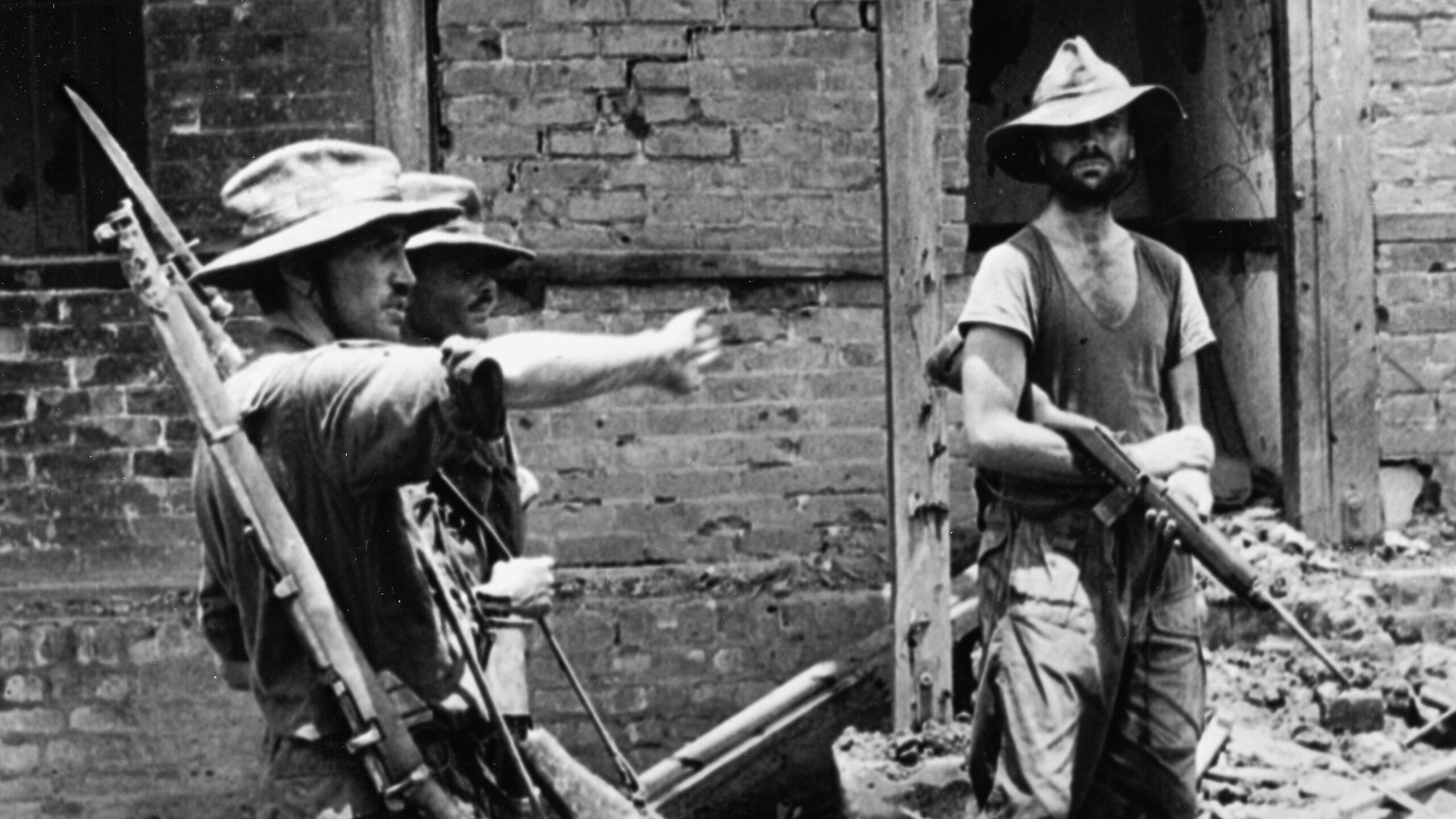
Given that, from the days of the Romanovs, the Russian Empire (aka the Soviet Union) was the single largest piece of geopolitically real estate on the planet. and. as such mandating substantial “legs” of any recon aircraft hoping to be successful, with each “Soft Touch” mission being, according to the maps provided in “U-2 and Oxcart”, the agency account of spy flights by both the U-2 and A-12, being over 3,300 miles in duration, and that’s just the portion over Russian airspace alone, coupled with the acknowledgement by engineering legend Clarence “Kelly” Johnson, that the failure of the Blackbird to achieve barely 65% of the 4,000+-mile unrefueled range of the U-2, was one of his “greatest engineering disappointments”, one has to wonder how would any version of the Blackbird have actually been useful as a serious recon tool of the soviet interior? May be cynical, but just cannot imagine a horde of MiG-25s, closing in for the kill of their careers, pilots already rehearsing their acceptance speech at the “Hero Of The Soviet Union” ceremony, backing off to allow an. A-12 or SR-71 to take a few sips from a friendly KC-135 that just happened to be nearby. Thank God, we finally managed to get the bugs out of the recon sats, so that all any Blackbird would have to overfly were third-world “postage stamps” that one could be in and out of in less than five minutes!
This is just one facet of the entire U-2 program. Worked with various aspects of this program during most of my active duty career.